Portnahaven lies to the south west of Port Charlotte – both lovely little villages, both with lighthouses and, rarer, Post Offices. Neither have a distillery although Port Charlotte used to have one.
Portnahaven kirk – one door for gaelic speaker and the other not?
Round the headland from Porthaven are two experimental sites for wave power. One defunct and the other expanding.
The defunct one was researched by Edinburgh University in the ‘70’s and was driven by the water. The funding was cut and the project abandoned. The holes for the pipes can just about be seen…
With the current one turbines are powered by the air pressure caused by the waves crashing in. No water used and therefore far less maintenance.
We were lucky as two young men from Aberdeen were carrying out adjustments. They don’t have to go there often as adjustments are made on-line. So we persuaded them to explain it all to us and we promised to buy them a pint in the pub in Port Charlotte – which, of course, we did.
After that we walked to the Kilchoman cemetery. The walk is renowned because the local farmers are encouraging choughs, a crow with red beak and legs.

There are only 300 breeding pairs – Islay, Pembrokeshire, Colonsay, Isle of Man. It’s been discovered that it wasn't a shortage of nest sites causing their decline, it was the food supply. Choughs are heavily dependent on farmland for their food, eating large numbers of leatherjackets as well as the larvae of both dung-flies and dung-beetles. Cow-pats provide choughs with excellent feeding at those times of year when leatherjackets aren't available, especially during the late winter and early spring when the birds are feeding up for the coming breeding season. A number of Islay farmers now have management agreements with Scottish Natural Heritage, which pays them to out-winter cattle in areas favoured by the choughs.
No photos of choughs but one of a cow-pat producer.
C15th cross
The graves of 75 of the British sailors drowned in the sinking of the HMS Otranto, being used as a troopship, which collided in poor visibility and rough seas, with another troopship in its convoy, HMS Kashmir, in October 1918. The ship eventually broke up and sank with the loss of 431 lives (351 American troops and 80 British crew members). Several hundred Americans and crew were saved by HMS Mounsey and were taken to Belfast.
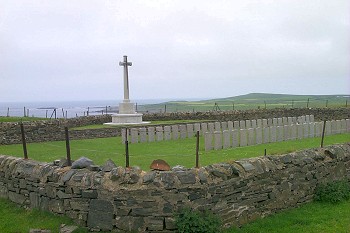
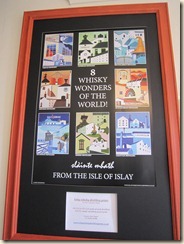
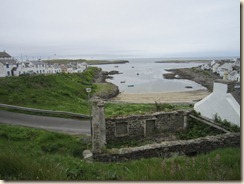
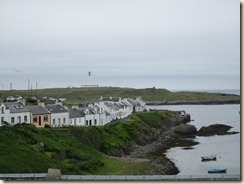
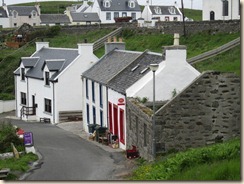
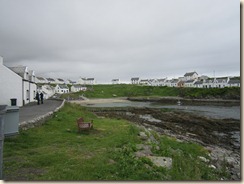
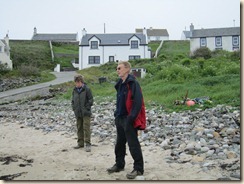
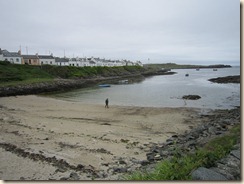
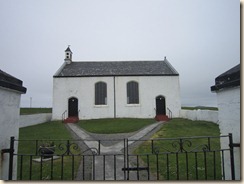
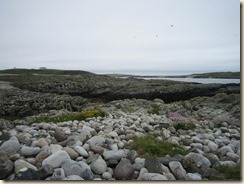
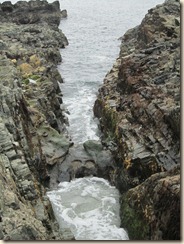
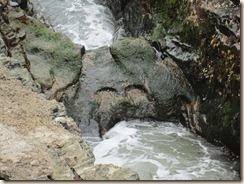
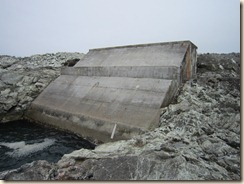
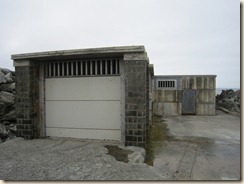
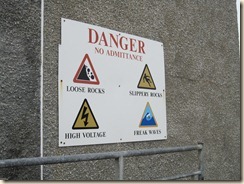
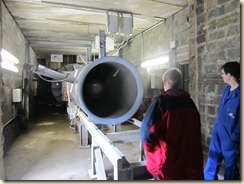
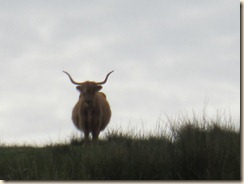
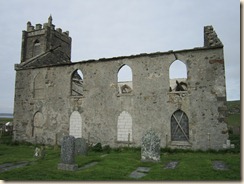
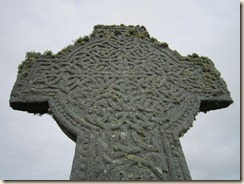
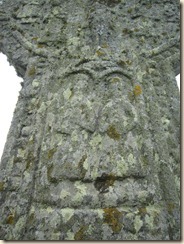
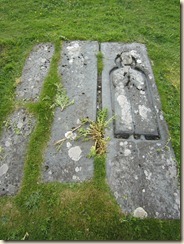
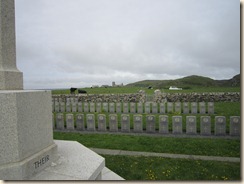
No comments:
Post a Comment